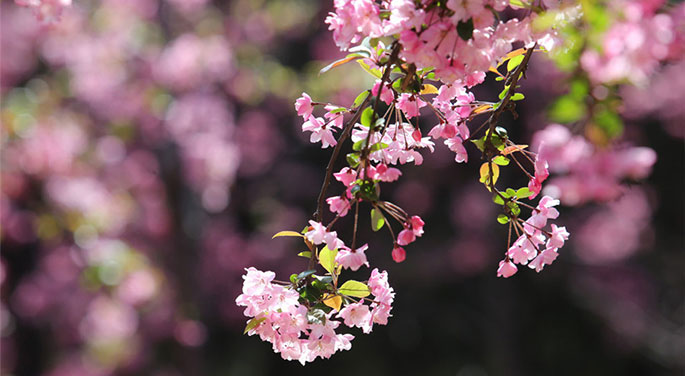Big feast on small screen
By Xu Fan ( China Daily ) Updated: 2016-03-17 08:07:51
 |
|
Jointly produced by China and the United Kingdom, the three-part documentary, Chinese New Year: The Biggest Celebration on Earth, has proven a hit in both countries and other nations.[Photo provided to China Daily |
An instance of their meticulous research can be seen in the da shu hua (beating out tree flowers) sequence in Episode 1.
It is a celebration that dates back around 500 years ago in a small town in Hebei province, and it relies on performers scattering melted metal to create a visual effect resembling fireworks.
Since the series became a hit, some of Yang's Chinese friends have called him, saying they were surprised to lean about the dying art.
"The British crew had done a lot of research. They uncovered quite a few interesting things that are not very well known to the Chinese," says Yang.
After two months of research, the crew-80 percent of the more than 30 members were from the UK-toured 10 cities and provinces across China from Jan 6 to Feb 10 to film the documentary.
Most Chinese viewers have given the documentary thumb-ups, especially for its British humor, which comes through in the interviews, online reviews on qq.com and iQiyi.com show.
The presenters-Kate Humble, Ant Anstead and the "Hairy Bikers" (David Myers and Simon King)-are TV veterans, especially when it comes to wildlife, vehicles and gourmet.
While it was their first visit to China, viewers say they were not biased in their observations on China and its people.
Humble, who specializes in wildlife and science programs, says she previously thought China was indifferent to wildlife protection, in an interview with China Icon, an online Chinese talk show.
But after a week in Yunnan province working on a segment featuring snub-nosed monkeys, as 2016 marks the Year of the Monkey, she was surprised to see locals working to protect the endangered primates.
As reported in the series, the monkeys' population has seen a rise of 150 in the past 20 years. China now has between 2,000 and 3,000 such monkeys.
|
|
|
|
|
|
|
|






















 Raymond Zhou:
Raymond Zhou: Pauline D Loh:
Pauline D Loh: Hot Pot
Hot Pot Eco China
Eco China China Dream
China Dream China Face
China Face





